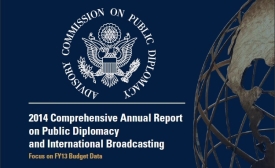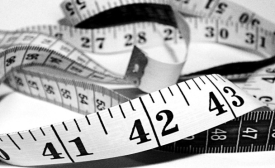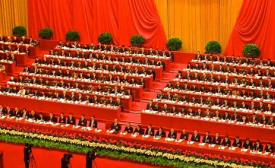evaluation

The U.S. Advisory Commission on Public Diplomacy just published their congressionally-mandated 2014 Comprehensive Annual Report on U.S. Public Diplomacy and International Broadcasting Activities, which details the cost, origin and scope of these activities worldwide. This report itemizes major public diplomacy and international broadcasting activities conducted by the State Department and the Broadcasting Board of Governors (BBG).
In this aspect the US ‘smart power’ strategy in its relationship with Pakistan is very important to understand. Pakistan is arguably the litmus test to evaluate if the new US agenda is moving in right direction.

As part of its research initiatives, CPD hosted a series of discussions with researchers and practitioners to conceptualize PD evaluation.

Since the beginning of the 21st century, China has been a rising star in the arena of public diplomacy. Its PD campaign, coordinated by the Ministry of Foreign Affairs, involves fourteen separate Departments, including the United Front Work Department, the Ministry of Commerce, the Ministry of Culture, and the General Administration of Press and Publication. [1] The colossal campaign aims to brand China as a responsible, peace-loving, and culturally sophisticated nation.
There has never been a better time for diplomats to get into data and push the boundaries of what is imagined to be possible within public diplomacy. The amount of data available is greater than ever, perhaps 90% of which was generated in the last two years. At the same time, more people globally are communicating in ways that generate data which is publicly observable, for example through the API of social media platforms. Equally, the tools to analyse data have expanded rapidly, allowing users to search large amounts of data quickly and efficiently.







